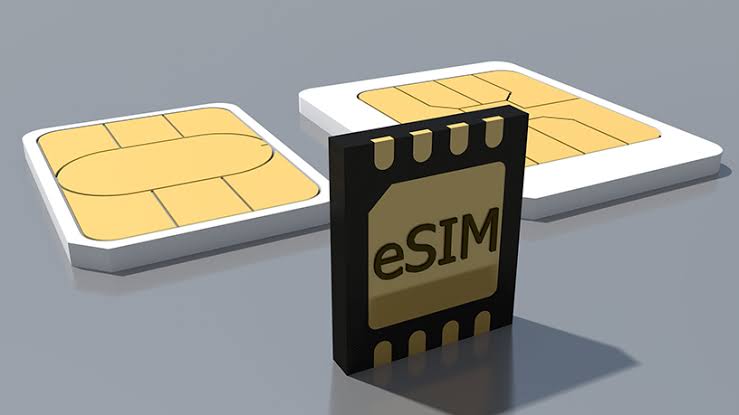Why eSim is the Future of Mobile Telephony
A new study by Juniper Research suggests that the market for electronic Sims, or eSims, will mushroom from US$4.7-billion in 2023 to $16.3-billion by 2027.
This comes after Apple launched a version of the iPhone 14 in the US that does not have a physical Sim card – Americans wanting an iPhone must provision an eSim to use the phone as the device does not have a tray for physical Sims. Apple is expected to expand its eSim-only iPhone models to more markets, including Europe, later this year.

But the real market driver will be Android, Juniper’s research suggests, as Google – known for its Android-powered Pixel devices — and Korea’s Samsung Electronics follow suit. The number of active eSims in use around the world will jump from 986 million to 3.5 billion by 2027, Juniper researchers predict.
Read also : Tunisian AI Startup InstaDeep Set For BioNTech SE Purchase At $684M
The number of active eSims in use around the world will jump from 986 million to 3.5 billion by 2027
The move could put telecommunications operators under pressure — they’re worried about the disruptive effects of eSims on their business models. As technology awareness grows, service providers must support eSim connectivity to prevent subscriber attrition.
According to Juniper, the next evolution will be iSim (integrated Sim), which removes the embedded Sim entirely, allowing manufacturers to produce smaller connected devices.
An eSim (embedded Sim) is a type of Sim card that is built into a device, rather than being a removable card. The Sim, or “subscriber identity module”, is a small chip that stores information such as the subscriber’s mobile phone number, contact list and security credentials, allowing the device to connect securely with a mobile network.
Integrated
An eSim is designed to be integrated into a device during the manufacturing process. This can be in the form of a chip embedded in the device or a firmware-based version. Since eSims are not physically removable, it makes it easier, in theory, for users to switch mobile providers without having to replace the Sim card.
Read also : Ghanaian Fintech Startup Bezo Money Raises US750,000, Acquires 100,000 Users
One other advantage of eSim technology is that it could help to reduce the environmental impact of mobile devices. Physical Sim cards are made of plastic and are often discarded when a device is replaced, adding to the problem of electronic waste. eSims, on the other hand, have no physical components, so they don’t contribute to such waste.
eSims also have limitations. For example, not all devices support eSim, and the technology might not be available in all countries yet. In addition, they may require additional technical support and may not be compatible with certain mobile network providers.
Kelechi Deca

Kelechi Deca has over two decades of media experience, he has traveled to over 77 countries reporting on multilateral development institutions, international business, trade, travels, culture, and diplomacy. He is also a petrol head with in-depth knowledge of automobiles and the auto industry



